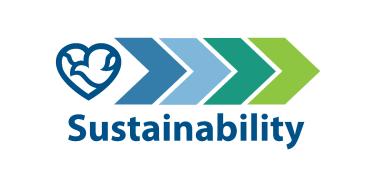




News and Events
4 ways that centralized waste bins can help Methodist reach its waste diversion goal
Published: Feb. 5, 2024
Using centralized waste bins, as opposed to personal deskside bins, can help increase the amount of waste diverted from the landfill through reductions of use, composting or recycling. With Methodist’s goal to increase its waste diversion rate to 50% by 2030, making the smooth transition to centralized waste stations will be a key strategy. Here’s how:
- Centralized bins allow all employees to have easy access to all available waste streams, reducing the chances of accidentally missorting waste because they have access to only one waste stream at their desk.
- Recognition among employees of which items belong in which waste stream increases when waste is sorted in a centralized location with clear signage.
- Waste from personal bins need to be collected daily to maintain safe and clean environments. This results in extra waste produced from the plastic liners in bins, especially when there’s only one or two items accumulated throughout the day.
- The centralized location of bins streamlines the pickup process for Environmental Services staff members.
You can support Methodist’s waste diversion goal by eliminating your deskside bin and heading to a centralized waste station to sort your waste.
Get Involved With Sustainability at Methodist!
Interested in learning more about Methodist’s sustainability efforts? Visit the sustainability page on the MHS intranet. To get involved in efforts to foster a culture of sustainability at Methodist sign up for the Sustainable Health Implementation Plan (SHIP) Ambassador program.
